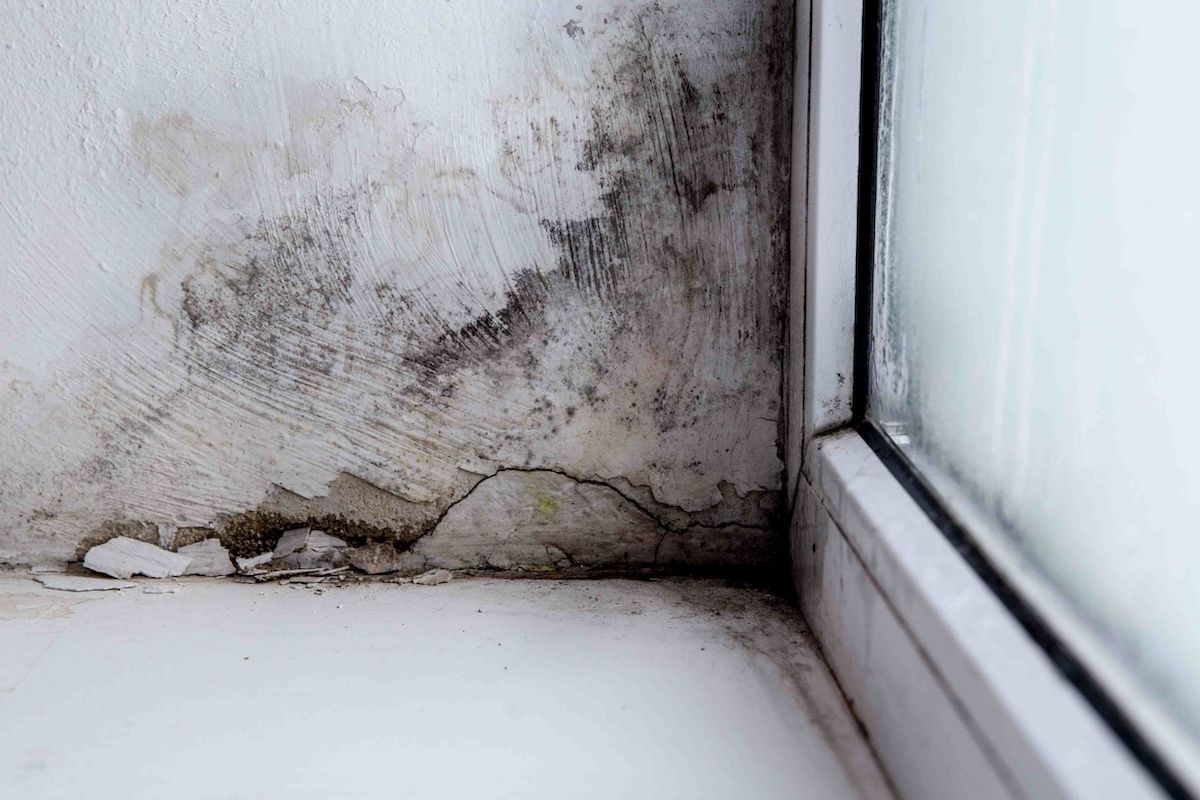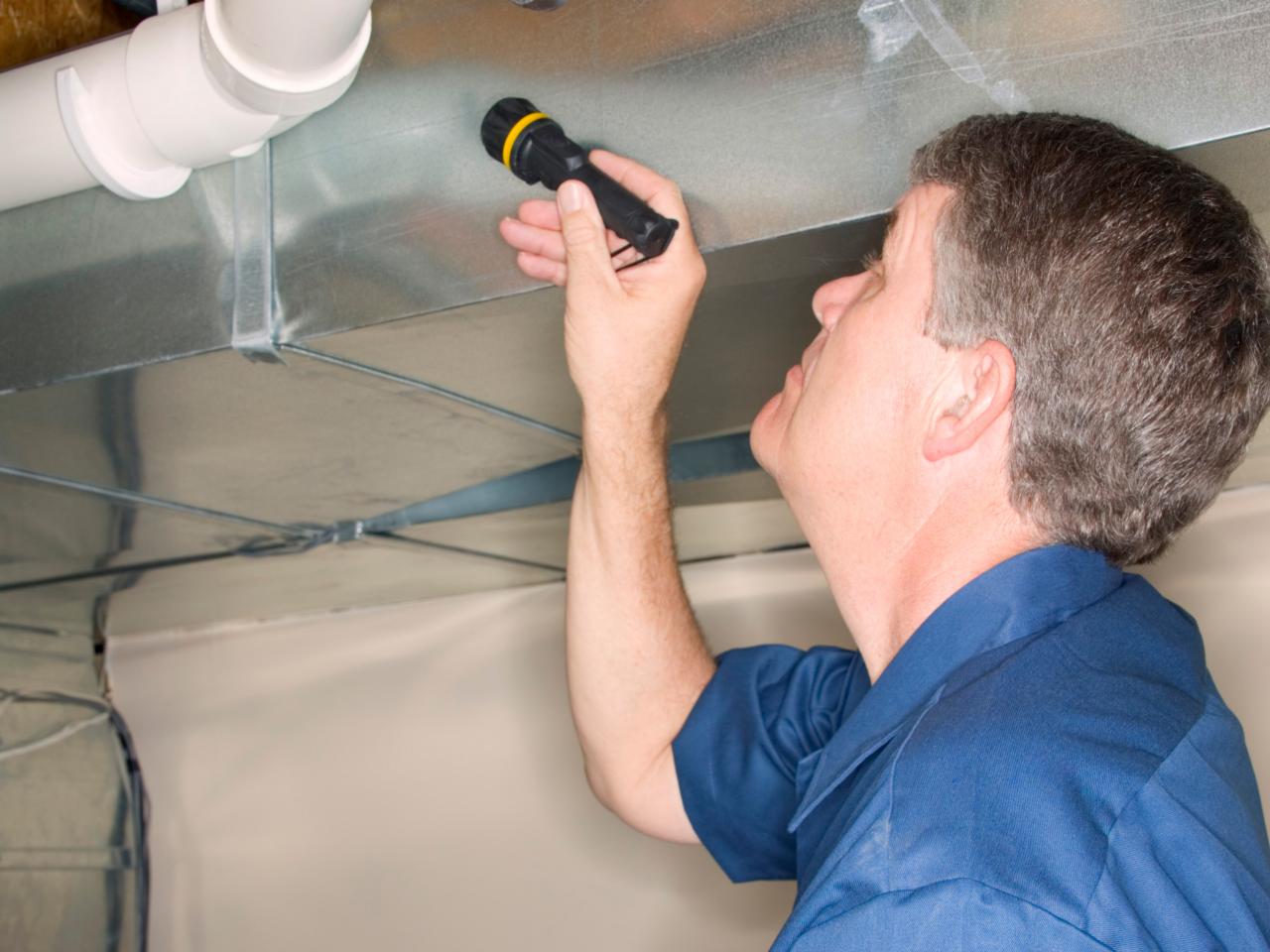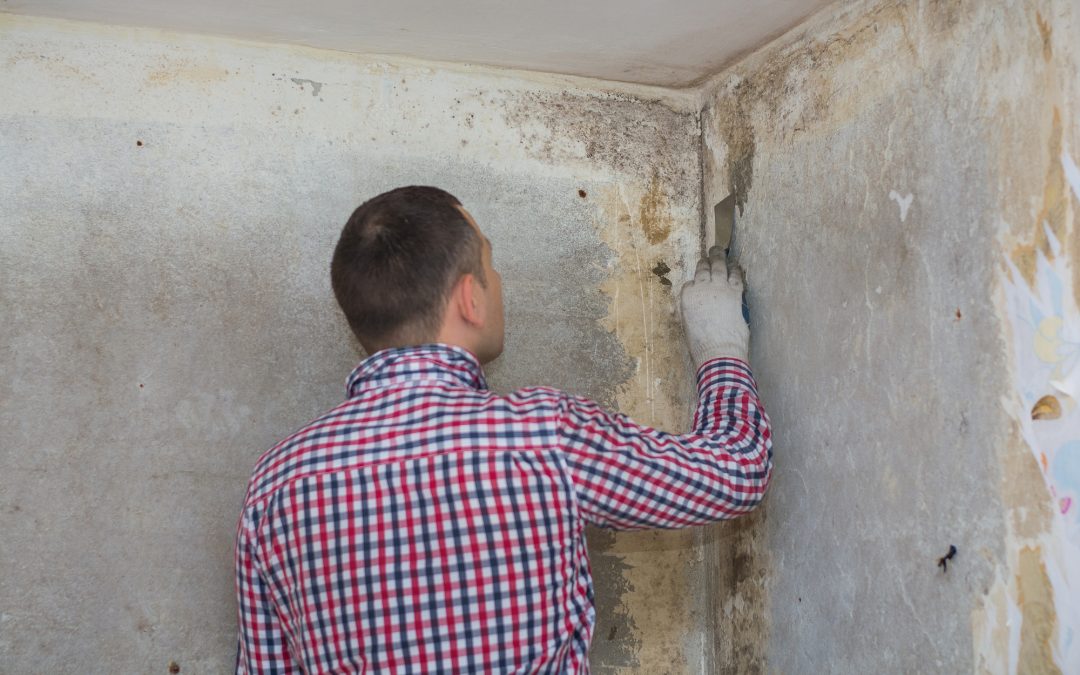Comprehensive Post Mold Remediation Procedures
Comprehensive Post Mold Remediation Procedures
Blog Article
Your Ultimate Guide to Post Mold Removal Strategies
In the aftermath of mold and mildew problem, knowing exactly how to successfully eliminate the mold and mildew and prevent its reoccurrence is critical for preserving a healthy and balanced interior setting. From choosing the appropriate cleansing and decontaminating methods to implementing approaches for long-lasting mold avoidance, each step in the removal trip plays a crucial role in ensuring a successful result.
Comprehending Post-Mold Removal Refine
After completing the mold removal process, it is critical to comprehend the post-mold remediation techniques that are necessary to make certain a reliable and complete cleanup. When the mold and mildew has actually been gotten rid of, the next action entails cleansing and sanitizing the impacted areas to stop any kind of regrowth of mold. This consists of utilizing specialized cleaning agents to wipe down surface areas and kill any type of staying mold and mildew spores. It is vital to dry the area totally to prevent the development of mold and mildew in the future (Post remediation mold testing near me). Proper ventilation and dehumidification can help in this procedure.
In addition, performing a final examination post-remediation is important to ensure that all mold has actually been successfully removed. This examination ought to involve a detailed visual check in addition to potentially air sampling to validate the lack of mold and mildew spores in the air. If the inspection discloses any type of lingering mold, added remediation might be essential. Last but not least, educating passengers on safety nets such as controlling dampness degrees and immediately addressing any water leakages can assist maintain a mold-free atmosphere.
Efficient Cleaning and Disinfecting Approaches

Avoiding Future Mold Development

Value of Appropriate Air Flow
Appropriate site ventilation plays an important role in preventing dampness accumulation, a vital consider mold and mildew growth within indoor environments. Efficient ventilation systems help eliminate excess moisture from the air, decreasing the possibilities of mold spores discovering the dampness they need to sprout and spread out. Without appropriate ventilation, interior rooms can end up being a breeding place for mold, resulting in prospective health threats and architectural damage.
By ensuring appropriate air flow, air flow systems can likewise assist in drying out damp locations much more swiftly after water damages or flooding incidents, better hindering mold development. Post Mold remediation cleaning. In spaces like shower rooms, kitchens, basements, and attic rooms where dampness levels often tend to be higher, setting up and keeping effective air flow systems is crucial in avoiding mold problems

Tracking and Maintenance Tips
Given the important function that correct air flow plays in stopping mold and mildew growth, it is crucial to develop effective monitoring and upkeep pointers to guarantee the ongoing performance of ventilation systems. Normal assessments of air flow systems must be conducted to look for any type of indicators of obstructions, leaks, or malfunctions that might restrain appropriate air flow. Surveillance moisture levels within the building is additionally crucial, as high humidity can add to mold and mildew growth. Setting up a hygrometer can help track moisture degrees and sharp home owners to any type of spikes that might call for focus. Additionally, making certain that air filters are regularly cleansed or changed is vital for maintaining the efficiency of the air flow system. Applying a routine for routine maintenance jobs, such as air duct cleansing and heating and cooling system evaluations, can assist stop problems prior to they rise. By remaining conscientious and aggressive to the problem of air flow systems, homeowner can properly reduce the danger of mold and mildew regrowth and preserve a healthy indoor setting.
Final Thought
Finally, post-mold removal strategies are vital for ensuring a safe and tidy setting. Recognizing the process, applying resource reliable cleaning and sanitizing methods, avoiding future mold and mildew growth, maintaining correct ventilation, and normal surveillance are all essential action in the removal process. By following these guidelines, you can effectively get rid of mold and mildew and stop its return, promoting a healthy living or functioning area for all passengers.
In the aftermath of mold problem, knowing how to properly get rid of the mold and mildew and prevent its reoccurrence is critical for maintaining a healthy and balanced interior environment. As soon as the mold has been gotten rid of, the following action involves cleansing and sanitizing the influenced areas to protect against any kind of regrowth of mold - what to do after mold remediation. After eliminating visible mold development, it is essential to clean up all surface areas in the affected location to eliminate any remaining mold and mildew spores. To additionally improve mold prevention procedures, it is crucial to resolve underlying concerns that originally led to mold development.Given the critical function that proper ventilation plays in protecting against mold development, it is vital to develop efficient surveillance and upkeep tips to make certain the continued performance of air flow systems
Report this page